All children have personal and individual characteristics that are determined by their genetic makeup and the interaction they establish with their immediate environment, including family and social settings.
Three-year-old children make significant progress in their psychomotor skills, language development, and symbolic thinking. Thanks to these new learning experiences, they gain a broader understanding of the reality around them.
Their language gradually becomes richer with the acquisition of vocabulary and basic linguistic structures, giving them more confidence in communication. Communication, in turn, finds new outlets in bodily and artistic expression.
Their actions are strongly individualized. They need to focus on themselves and their own bodies while also seeking adult intervention to consolidate their identity. They are capable of interacting frequently with other children. This interaction is egocentric in nature: the other child serves as a mirror in which to see themselves reflected.
They begin to develop the ability to establish mental relationships, primarily through sensory perceptions and objects in their environment, as well as by comparing objects and recognizing their physical characteristics (color, shape, etc.). Practical knowledge of the relationships between objects takes on a functional and spontaneous quality. Their desire to learn and integrate everything happening around them is expressed through active exploration: touching, testing, manipulating, etc. They also wish to verbalize the actions they perform. The active use of language enriches their thinking, as they can think about what they can express and express what they can think.
- Cognitive or intellectual development: At this age, children’s thinking is intuitive rather than logical.
- Motor development: Characterized by high levels of activity, leading them to act more than think.
- Affective-social development: The most significant aspect is that the child begins to develop self-awareness.










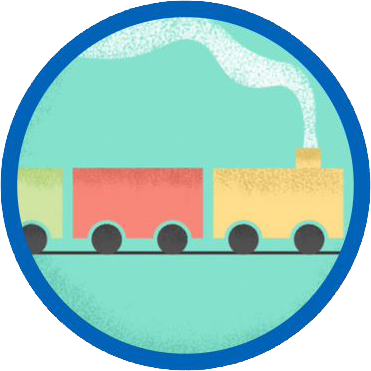
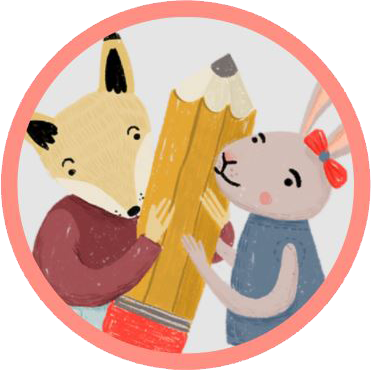
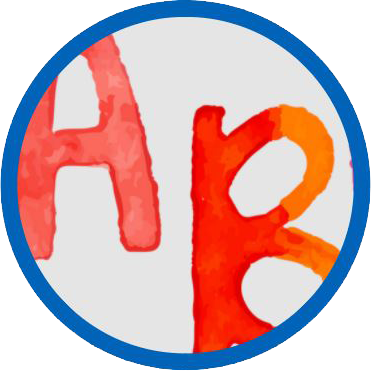
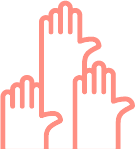
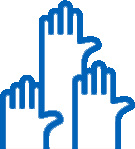 Meet our staff! Teachers with enthusiasm!
Meet our staff! Teachers with enthusiasm! 




